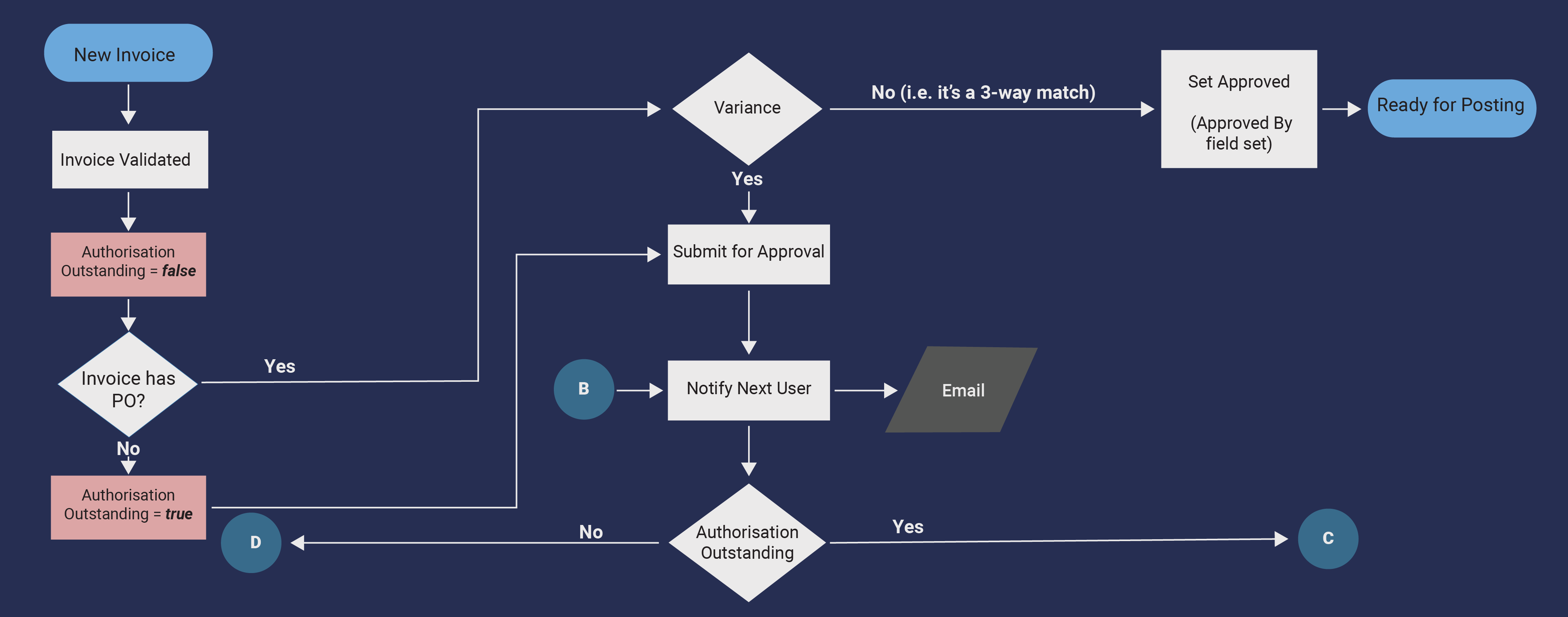Home / Blog / Intelligent Inventory Management Solutions will Transform the Mining Industry

Intelligent Inventory Management Solutions will Transform the Mining Industry
In Partnership with NETSTOCK
Published: 14th March 2022
The global nature and the complex operating environment of the mining and mining services industries means facing ongoing disruptions such as price volatility, increasing operational costs, shifting regulations, and unpredictable supply and demand.
At its core, the mining industry is a supply chain business – from extracting minerals to processing and having the by-products readily available for the customer. These processes all require efficient planning and optimised inventory processes, ensuring the right stock items are available at the right time!
To thrive and navigate disruptions, companies that invest in the right inventory management technology will have accurate data to make smart inventory decisions, reducing their operating costs and driving profits with the right stock.
According to Endress+Hauser, “The Mining, Minerals and Metals industry is intensely competitive and swayed by fluctuating commodity prices. Competitive advantage lies in an ability to continuously optimise operational costs.” One of the key ways to efficiently manage operational costs is to optimise your inventory.
Are you optimising your inventory to gain a competitive advantage?
Getting inventory control right reduces the risk of excess stock or stock-outs.
Inventory control is managing and optimising a company’s inventory levels from sourcing and/or producing the stock until it arrives at its final destination. While it’s important to have inventory control in most industries, it’s essential in the mining industry. Given that certain companies in the mining industry work on projected-based assignments, ensuring the right stock is available for the duration of these projects is vital. For example, your business can’t afford to stock out of key safety equipment during a mining project. The impact of not having the predictive capability to analyse future inventory levels can have detrimental effects on mining operations. In some instances, this can lead to the entire mine shutting down for some time.
RSIS International states that inventory control systems effectively maintain optimum inventory levels to avoid the shortage of stock or reduce excess inventories.
Accurate levels of safety stock will safeguard your supply chain.
The purpose of holding safety stock is to act as a buffer if your business is heading towards a possible stock-out situation. The trick is getting the right safety stock levels for your business, determined by your inventory policy and the target fill rate. If you order too much safety stock on the wrong items, you can land up with excess stock.
Predicting the required safety stock in a high-risk environment, like mining, is possibly the biggest challenge mining companies and mining services face today. To prevent a stock-out situation, mine operators try to source materials quickly, adding additional costs for the materials and freight.
The mining industry also experiences fluctuations through seasonal peaks. While these are commonly known and forecasts can be adjusted accordingly, companies can’t start production or order stock in advance to keep up with seasonal demand without using a smart inventory management system.
Some mines are situated in areas that have varying weather conditions Severe weather in many parts of the world can disrupt the sending and receiving of inventory. It’s essential to ensure your business is protected in these circumstances. Companies need to maintain enough safety stock of inventory, not just for the known seasonality trends but also to foresee possible disruptions to their supply chain.
Classifying your inventory will allow businesses to focus on profit-driving stock.
The ABC analysis is an inventory classification technique that supports the 80/20 rule that 20% of your items will give you 80% of your sales.
The purpose of the ABC analysis is to categorise your inventory by identifying:
- Obsolete items: stock you will no longer order or store in your warehouse.
- Non-stocked: stock you will only order on request by the customer.
- Stocked items: supply that’s in demand.
Once you have identified your stocked items, you can further classify each item by value and volume to determine the fast-moving items that help demand planners work efficiently to meet demand and increase sales.
In such volatile industries, categorising your stock is vital as:
- Different commodities have varying prices based on consumer demand
- The rarity of that material/mineral
It’s not as simple to classify inventory in the mining and mining services industries as in other industries. You might find there’s a fast-moving, high-value material, but it’s rare to find or produce; this is where an intuitive inventory management solution like NETSTOCK can help manage the classifications, stock levels, and safety stock required to keep up with demand.
If you’re interested in learning how NETSTOCK automatically classifies stock to optimise inventory successfully, register for the NETSTOCK and Scope Systems Mining industry webinar: Drive smarter inventory decisions on Tuesday, 5th of April at 10 am AWST.
Register here: https://netstock.zoom.us/webinar/register/WN_K-v-UTxuSyixvhunHaKXAQ



















